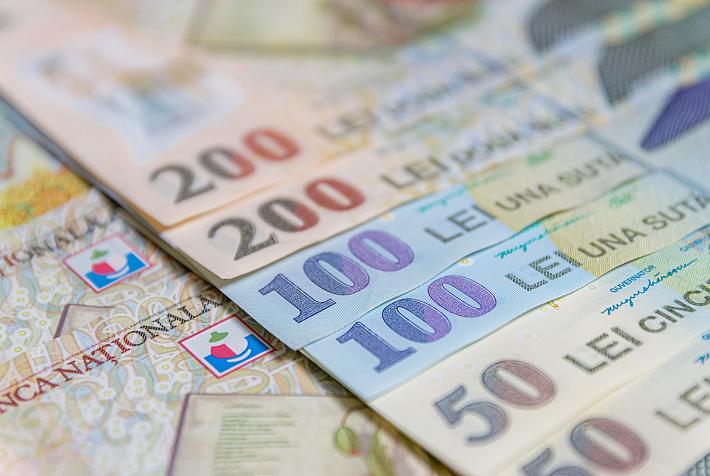RO analysts: 2021 growth is "consumption-driven" but perhaps above 7%

Analysts consulted by Ziarul Financiar daily agree that Romania's economy showed signs of fatigue in the third quarter this year - but they also believe that eventually, the full-year growth will remain above 7%. Since the last quarter of the year is seasonally the most important in terms of GDP, and the developments are still highly volatile, the forecast includes a high amount of uncertainty.
Aurelian Dochia, economic analyst and university professor of economics, says that the pace of economic growth will slow down, but the forecast for 7% or higher economic growth in 2021 remains in place.
Adrian Codirlaşu, vice president of CFA Romania, the financial analysts' association, also says that the data on economic growth will be good, given that agriculture had a very good quarter, while consumption did not slow down.
Chief economists of BCR Erste Bank Group and ING bank Romania have reduced their forecasts for the entire year from 7.5% to 6.2% and 6.5% respectively last week, after the statistics office INS announced Q3 flash GDP estimates. The flash estimate showed that Romania's GDP rose by 7.2% YoY in Q3 and by 7.1% YoY in January-September. Since the low base effects are fading out and the economy is not gaining momentum at this moment, one can assume that the annual growth will still drop significantly below 7% in Q4 - which will drag down the year-to-date average (7.1% at the end of September) under 7%.
Another point made by the analysts quoted by Ziarul Financiar is related to the "consumption-driven" nature of the growth. In fact, the problem is that the robust domestic demand, fortified by external borrowing, is not stimulating domestic production - that fails to keep pace with imports.
Cristian Păun, a professor at the Academy of Economic Studies (ASE), points to the rising trade deficit and the external borrowing (indebtedness).
"Unfortunately, the pattern of the growth shows other vulnerabilities - the rising trade deficit. We see that Romania's growth still has the trade deficit and the public debt behind it. During this period, in parallel with the increase in GDP, there is also an increase in public debt. Basically, we borrowed some resources to increase domestic consumption," says Păun.
(Photo: Antonyesse/ Dreamstime)
iulian@romania-insider.com













